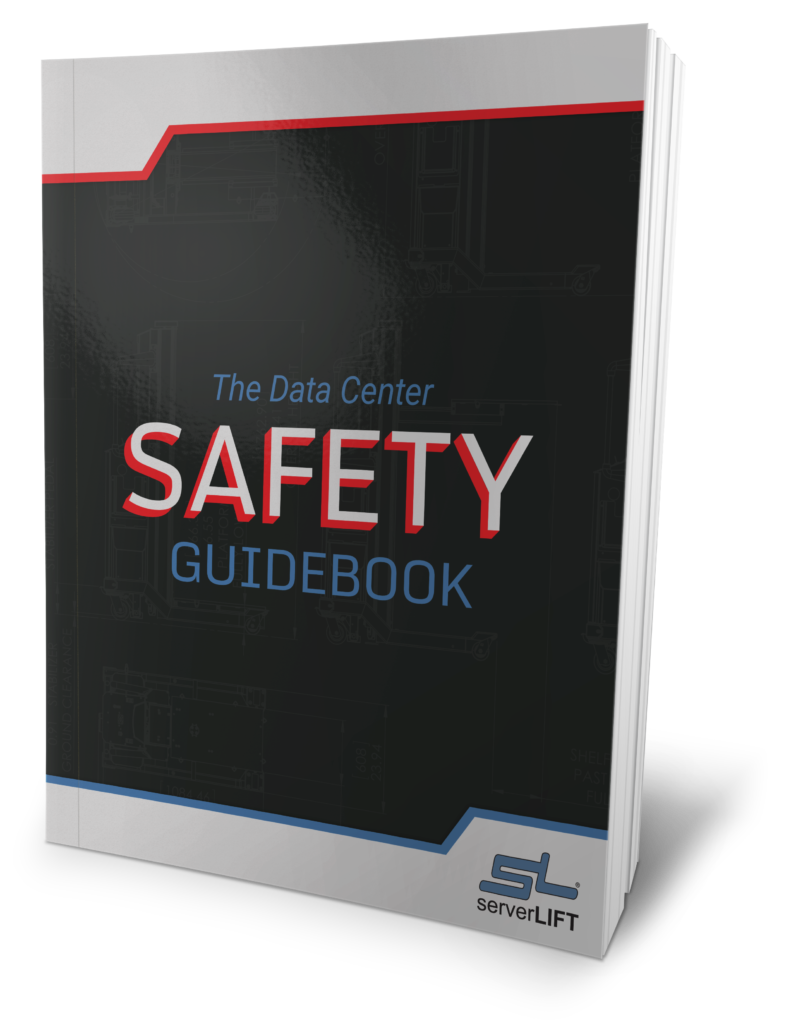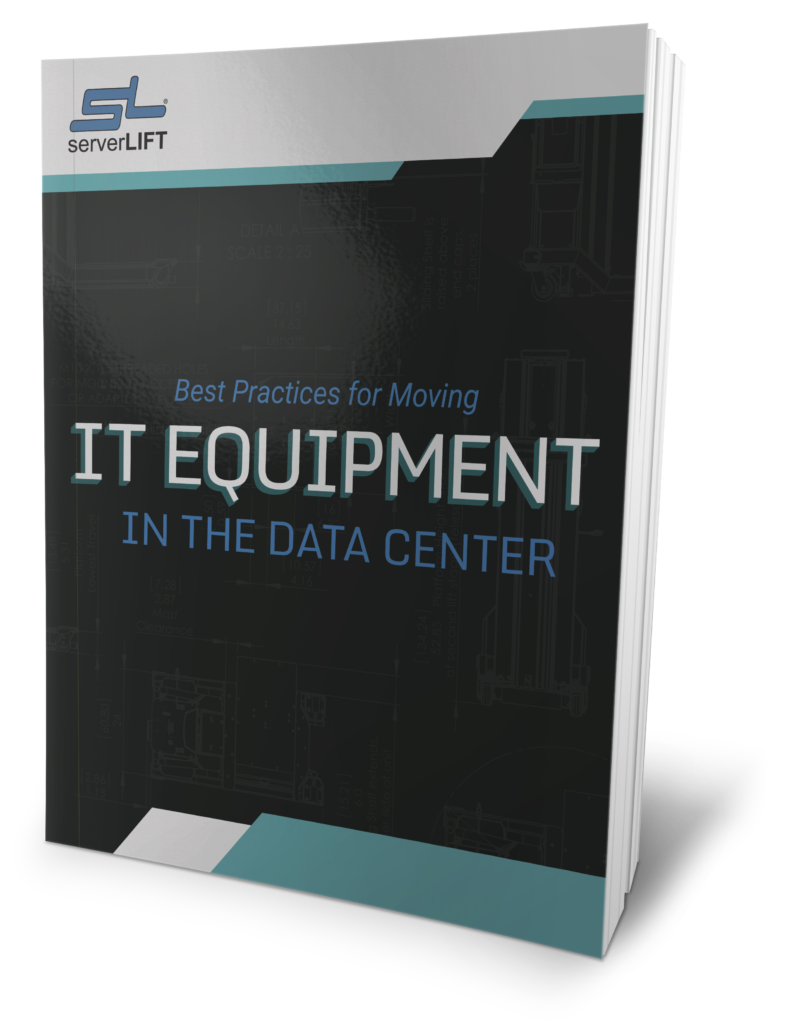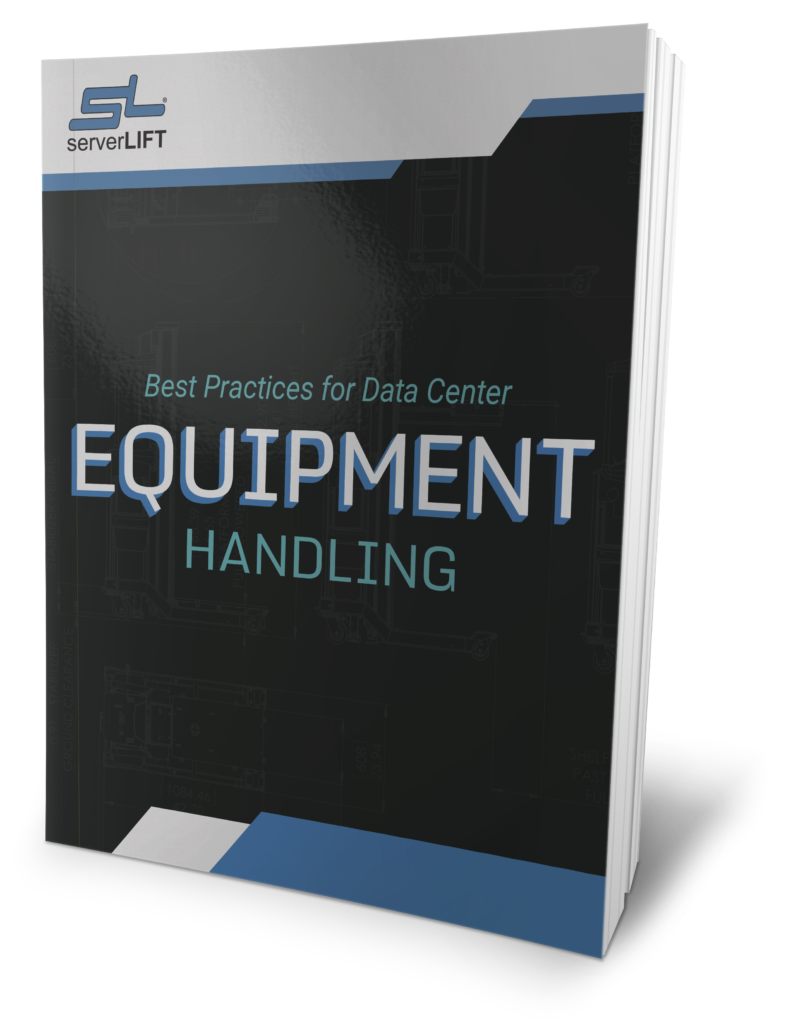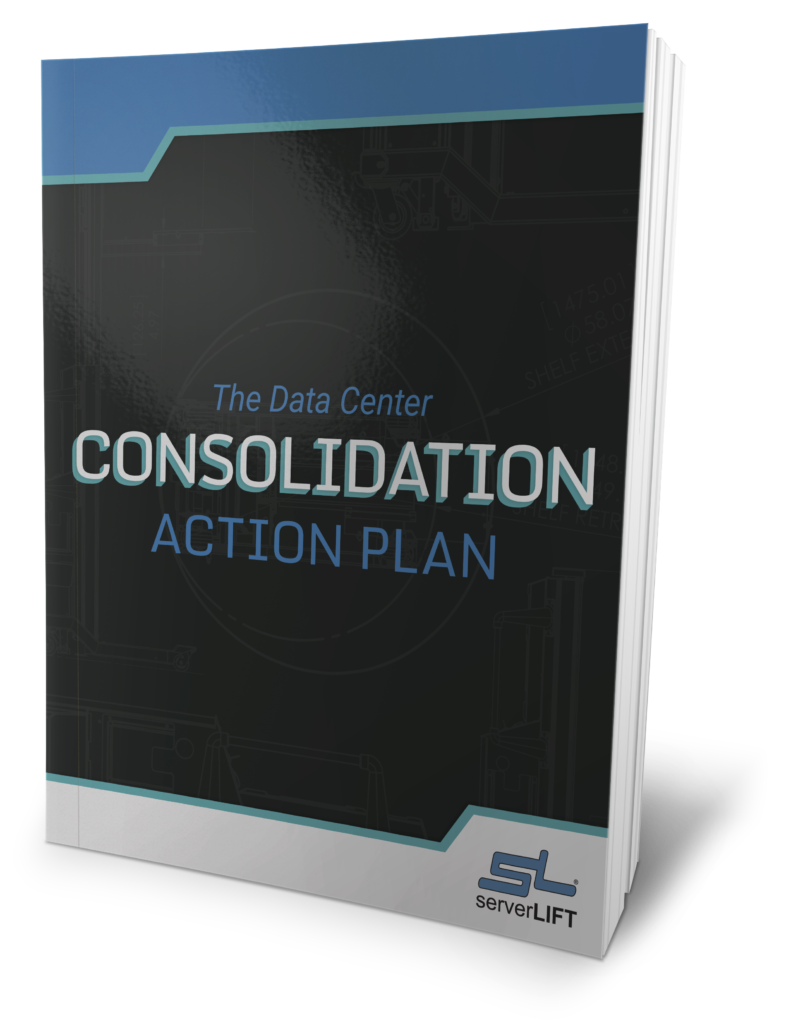Data centers can be dangerous, even for experienced workers. There are plenty of opportunities for something to go wrong, with electrical work, fire and tripping hazards, and employees often having to manually lift and move very heavy equipment. Understanding the potential dangers in data center environments ensures the proper precautions can be taken.
The Top Eight Components of Data Center Safety
1. Stay up-to-date on risk assessments and protocols
Data center safety in 2024 is very different from the safety protocols of ten years ago. Safety protocols change quickly, and so do the risks in data centers. New potential hazards are introduced any time new equipment comes in, racks are rearranged, contracting work is done, or any other change to the status quo occurs.
Many potential hazards are easily overlooked. If a data center is hyper-focused on a particular issue—for instance, fire safety—it’s easy for workers to step over some loose cables in the aisle or walk past a familiar area without noticing it lacks a “high voltage” warning sign.
Frequent safety checks will identify new risks and update old ones. After these risks are identified, safety protocols can be developed to address them, and updated training provided to employees.
Nuestra Safety and Risk Assessment Scorecard will help identify potential risks.
2. Review lockout/tagout procedures
Strict lockout and tagout procedures, which are designed to control hazardous energy, save lives. OSHA guidelines require equipment to be locked out—totally de-energized, turned off, and/or disconnected from a power source—whenever possible before work is done. If equipment cannot be locked out, it must be tagged out, which involves marking the equipment so workers can avoid it when performing potentially hazardous procedures.
Every employee who works around electrical equipment must be up-to-date on lockout/tagout protocols before handling anything. While OSHA requires only general training as a bare minimum, the best data centers typically offer more detailed training that includes equipment-specific information and guidance on what to do when a safety issue arises.
3. Train qualified employees for electrical work
Electrical work should be performed only by employees who have received safety training. A best practice is that each electrical job is overseen by another employee or a manager to watch for potential mistakes. Two pairs of eyes, both trained in current safety best practices, will reduce the possibility of mistakes that could cause injuries or death.
To set this team up for success, perform these tasks before any electrical work happens:
- Review every piece of equipment involved in the upcoming work and identify potential electrical hazards.
- Choose workers based on their competency and qualifications for performing electrical work.
- Enforce a policy where equipment must be completely de-energized (if possible) before work commences. If total de-energization is not possible, plan for this ahead of time.
- Establish a protocol and train workers to check for voltage before beginning work.
4. Enforce safe lifting techniques
Even if a data center is perfectly laid out with brand-new equipment, eventually employees will need to lift servers, rearrange other large, heavy, and delicate equipment, and perform installations that require removing old items and placing new ones into racks with reliable precision.
The best way to keep employees safe is to provide them with server-handling devices capable of lifting heavy items, moving them safely, and repositioning them with fine-tuned adjustments.
Lifts and all other equipment should be inspected for potential safety hazards and repaired if needed.
If data center employees must manually lift any items, they should be trained on proper lifting techniques to avoid injury. Mishaps during manual lifting can happen to anyone, so employees should be encouraged to use proper server-handling devices rated for the job whenever possible.
5. Train employees to work at height
Some lifting maneuvers occur at height, where the risk of drops, falls, and poor lifting techniques are considerably higher than for operations nearer the floor. Employees may also need to operate cranes and use ladders or scaffolds to access high points around the facility.
Employees should be trained to properly lift items overhead, perform work at height—such as using ladders and safely navigating rooftops, as well as operating cranes and scaffolds—and what steps to take if a situation isn’t adequately covered by safety protocols.
6. Take precautions whenever “hot work” must be done
Welding and cutting are sometimes necessary in data center operations. However, these jobs should Nunca be performed near flammable or combustible materials.
Since many data centers contain carpeting, insulation, chemicals, drywall, and other flammable and combustible materials, all welding and cutting should be moved off-site to a “safe zone” with no IT infrastructure or potentially hazardous items nearby.
7. Embrace “smart” sensors and digital monitoring systems
Real-time data is a powerful tool for data center operators to monitor their work environments. Smart sensors and digital monitors shouldn’t replace human oversight, but they can provide a second set of “eyes” that may catch potentially dangerous situations before they develop.
For instance, digital sensors can alert workers when temperature levels have risen too high, the voltage is beyond normal limits, or the sounds in a particular work area have reached unsafe decibel levels.
Other useful monitors include ultrasonic flow meters that measure water usage, remote monitoring systems that may reduce the need for routine on-site checks, and predictive algorithms that analyze data to determine where injuries or catastrophic equipment failures are most likely to occur.
8. Consider the safety qualifications of everyone in your facility, not just regular employees
Continuously evaluating employee qualifications and providing continuous, up-to-date training are part of routine data center operations. However, it’s often less intuitive to do the same for vendors y contractors who will be entering the facility for short periods.
When a vendor needs to come in to install or check equipment or a contractor has to do work on the inside of the building, they will have the same access to the data center’s equipment—and the same exposure to potential hazards—as any other employee. Therefore, they should have the same safety training and qualifications as any other employee qualified to operate on the floor.
Additionally, it’s helpful to post clear signs to help these temporary visitors. Signs should indicate areas of high voltage, tripping points, electrical or chemical hazards, and any other danger zones. If possible, include signage explaining safety protocols for each of these zones as well. This will help newcomers get up to speed on how your facility handles safety issues and where items such as fire extinguishers, flame blankets, and personal protective equipment are located.
At ServerLIFT®, data center la seguridad is our priority. We design and build our lifts to provide the only safety-certified data center server-handing devices on the market. If you have safety questions or concerns to address, contact our Customer Experience team.











